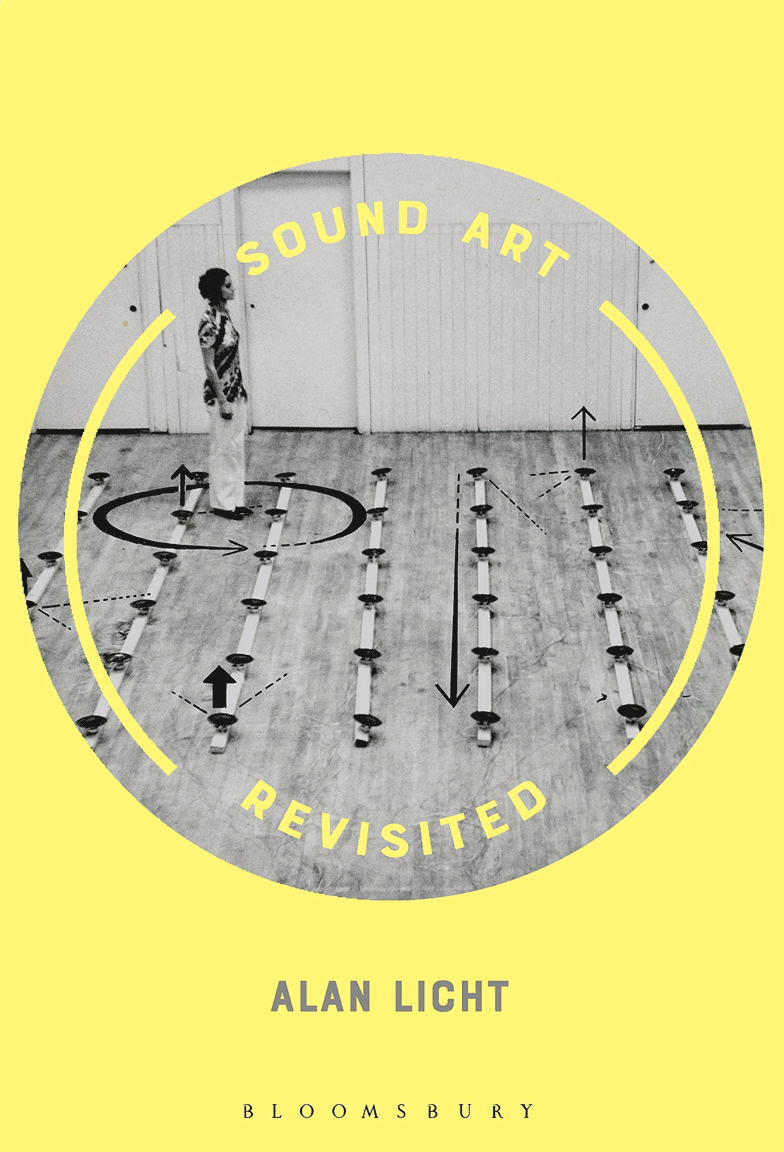Alan Licht’s (52) profile is an attractive box set filled with attributes we love. For this reason, we wanted to explore this US artist’s career, his countless collaborations with creative legends, and his tremendous contribution to modern experimental music.
He studied film, is a musician, musicologist, journalist, and author of two books. Collaborating with over 75 records of varied genres, he has transited through pop to indie, from free jazz to noise. How did Alan Licht’s bond with music begin?

Up to his ninth birthday, Alan Licht only listened to classical music. His father enjoyed artists such as Rodgers & Hammerstein, his mother was adept to opera, and his brother liked jazz bands like Dixieland. He grew among these sounds but didn’t linger on them. One day he saw Shaun Cassidy sing “That’s Rock and Roll” on the TV series “The Hardy Boys” and decided he liked rock, as he reveals at an interview with Dan Warburton. From then on, he went from listening to the Bee Gees to Wings, The Beatles, and the classic rock repertoire. He started playing guitar at ten.
Thus, Alan Licht initiated a life tightly linked to music. What started as a fondness for rock deepened later with his interest in punk and bands such as Hüsker Dü or Sonic Youth, with whom he collaborated. However, what defined his work as an experimental composer was discovering the album “Music for 18 Musicians”, from Steve Reich. This directed his style towards minimalism.
Combining his influences, Alan Licht’s varied discography puts forth an experimental music style charged with sound layers, a unique atmosphere, samples, and loops. In it, improvisation meets the guitar filtered with effects, jazz, minimalism, and noise. His music takes us to immersive scenarios, which is demonstrated in records such as “Hoffman Estates” (1998). In it, he works alongside his recurring partner, the musician Loner Connors. Another example is “A New York Minute” (2004), where strings are left in the background, giving way to synthesizers and tape recordings of natural, urban, and technological environments.
Combining his influences, Alan Licht’s varied discography puts forth an experimental music style charged with sound layers, a unique atmosphere, samples, and loops. In it, improvisation meets the guitar filtered with effects, jazz, minimalism, and noise. His music takes us to immersive scenarios, which is demonstrated in records such as “Hoffman Estates” (1998). In it, he works alongside his recurring partner, the musician Loner Connors. Another example is “A New York Minute” (2004), where strings are left in the background, giving way to synthesizers and tape recordings of natural, urban, and technological environments.
In one of his most recent collaborations available at digital platforms, “Skip to the solo” (2016), Alan Licht unites with guitarist and composer Henry Kaiser to deliver a work filled with improvisation, with a touch of jazz, blues, and progressive rock. It is abundant with different layers of clean and distorted guitar and transitions created with a noisy atmosphere typical of Licht.
That is just a small sample of the collaborative vocation of Alan Licht, who, for the last couple of decades, has fused with many artists from the experimental scene. From jazz legends such as Rashied Ali and Derek Bailey to Fennesz and Jim O’rourke on the experimental side, or even experimenting with record players with DJ Spooky and Christian Marclay. Licht is also known in the indie rock scene for leading the bands Run On and Love Child and collaborating with cult artists such as Tom Verlaine, Arthur Lee, Arto Lindsay, and Jandek.
One of Licht’s most interesting associations is the one with Lee Ranaldo from Sonic Youth. Together they founded Tex of Light, a group that throws improvised concerts and new classic cinema projections. It is with Ranaldo, with whom Licht makes up the band Lee Ranaldo and The Dust.
You can find a sneak peek here:
To make matters worse, as we anticipate, Alan Licht also expresses his passion for music through writing. He has written extensively on sound art, being a pioneering researcher in this area. His book “Sound Art: Beyond Music, Between Categories”, published in 2007, was an innovative work that served to define this emerging field of research.
Something that is reaffirmed in his most recent publication entitled “Sound Art Revisited” (2019), a second volume dedicated to sound art, where he delves into the evolution of sound installations and sound sculpture, and the emergence of exhibitions and art galleries. sonorous. All from a less theoretical-philosophical perspective and more focused on music and art stories.

Undoubtedly, Alan Licht will transcend modern culture, for his artistic work as much as his critic and academic work. For now, we can find him playing alongside Lee Ranaldo and The Dust; on a trio with Aki Onda and the filmmaker Michael Snow; or on a duet with drummer Brian Chase, from the Yeah Yeah Yeahs.
Here, you can find one of his most recent interviews:

